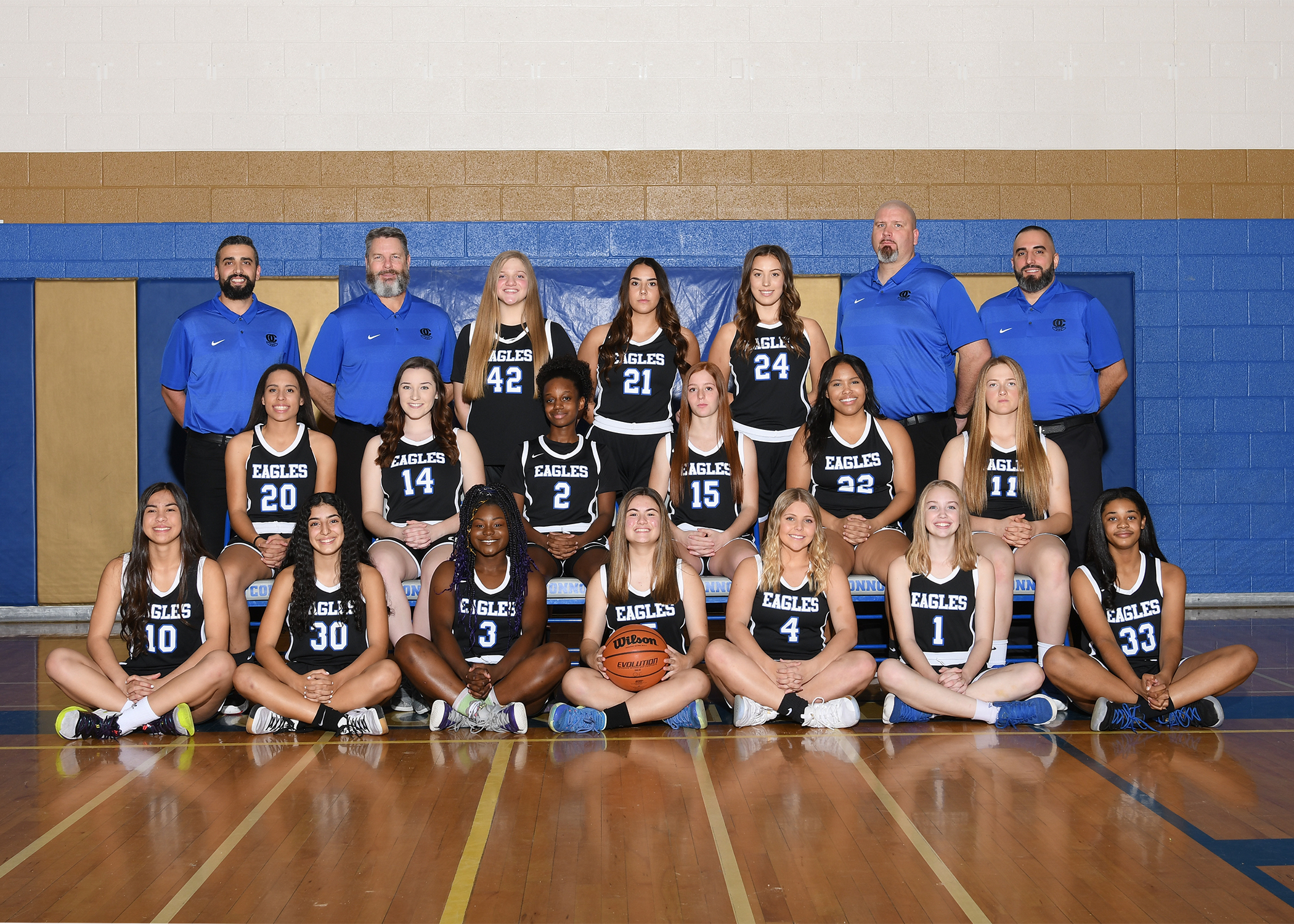

While her sons were young, O’Connor took a five-year hiatus from practicing law and became active in political volunteering with the Republican Party, including with conservative Senator Barry Goldwater’s presidential campaign in 1964. The couple then returned to Maricopa County, Arizona, where they settled to raise their family. After her husband graduated and was drafted, O’Connor moved with him to Germany, where she worked as a civilian attorney for three years. In a 2013 interview, O’Connor remembered, “ I called at least 40 of those firms asking for an interview, and not one of them would give me an interview…they said, 'We don't hire women,' and that was a shock to me.”Įventually she got a job at San Mateo County as a deputy attorney by agreeing to work for free. In her last year of law school, O’Connor began dating fellow student John O’Connor, and in December 1952, six months after graduating, the two were married at her family’s Arizona ranch.Īlthough O’Connor was in the top 10% of her graduating law school class, she was told point blank that law firms did not hire women. There, she was an editor of the Stanford Law Review, working with fellow future Supreme Court Justice William Rehnquist. At age 16, she enrolled in Stanford University, graduating Magna Cum Laude with a degree in economics and remaining to enroll in Stanford Law School. O’Connor learned to be independent from her childhood spent among adults and away from her parents, excelling at school in El Paso and skipping two grades. Returning to the ranch during summers, she learned from her father at a young age to drive, mend fences, shoot a rifle and ride with the cowboys. O’Connor was sent to live with her grandmother at age 6 to attend school in El Paso as there were no good schools nearby. The ranch had no running water or electricity until O’Connor was seven years old and finances were tight, but Harry and Ada Mae subscribed to the Wall Street Journal, New Yorker, and other periodicals which mother and daughter read together. In her early childhood, she lived with her parents on a remote cattle ranch, Lazy B, near Duncan, Arizona (25 miles away from town down a dirt road) her sister and brother were not born until O’Connor was eight and ten years old. Sandra Day was born on March 26, 1930, in El Paso, Texas to her rancher father, Harry, and mother, Ada Mae.

She dealt with indignities ranging from having to accept a job for no pay after she graduated from law school to the lack of a women’s restroom at the Supreme Court when she was first confirmed – in doing so, paving the way for the women who followed. Sandra Day O’Connor, the first female Supreme Court Justice of the United States, was one of the most influential Americans of the 1980s and 1990s.


 0 kommentar(er)
0 kommentar(er)
